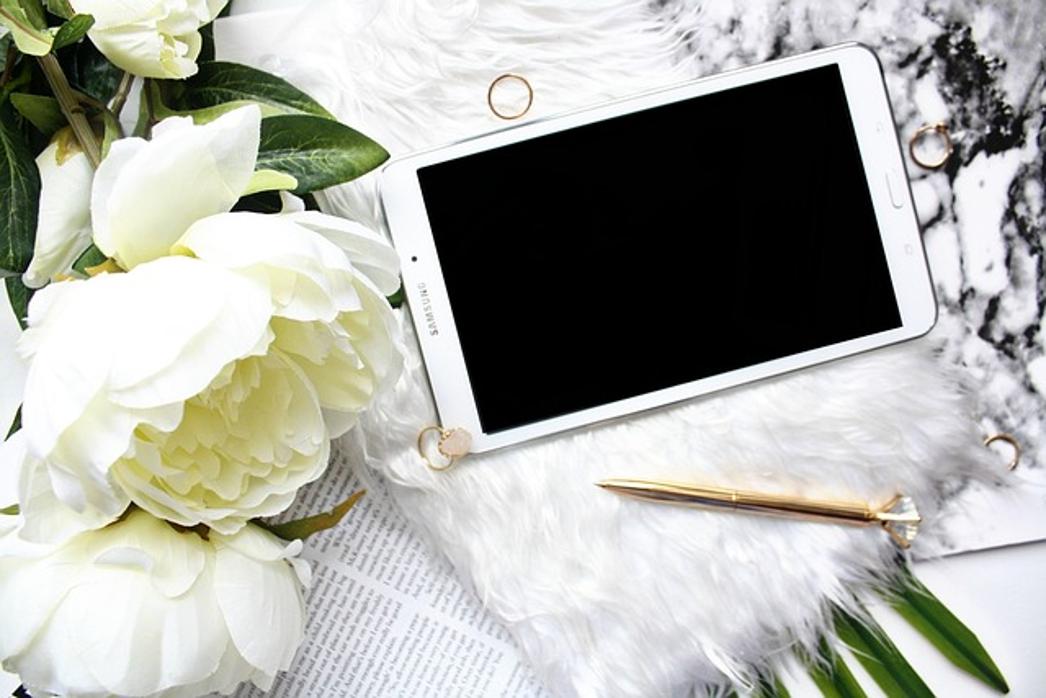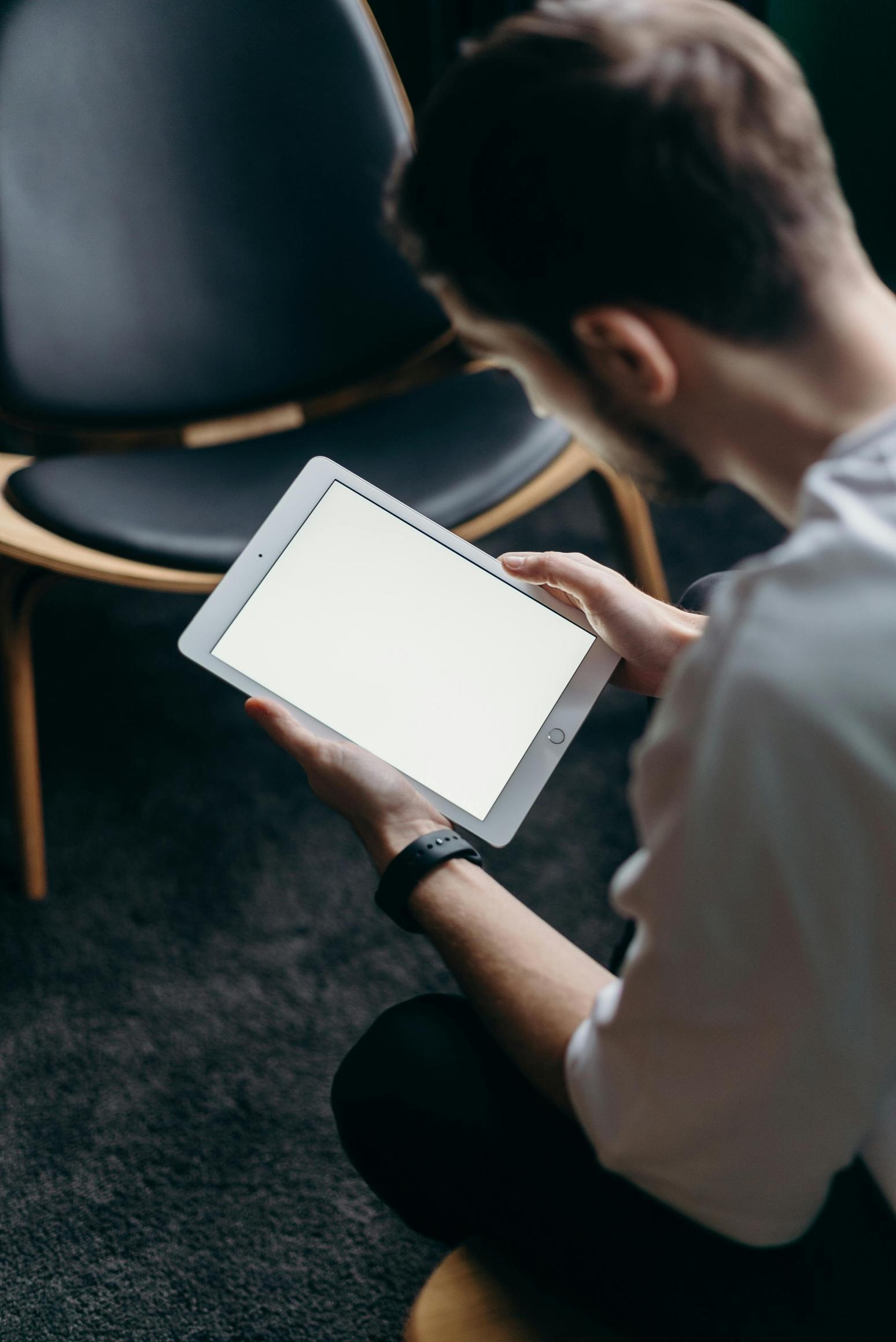How to Use iPad as a Second Screen
Introduction
Utilizing an iPad as a second screen can significantly enhance productivity. Whether you're working on a detailed project, multitasking between multiple applications, or simply needing more screen real estate, your iPad can serve as a valuable asset. This guide will walk you through the benefits and setup processes to seamlessly integrate your iPad as a second screen for both macOS and Windows systems.

Advantages of Using iPad as a Second Screen
An iPad as a second screen offers numerous benefits. Firstly, it provides extra workspace, making it easier to juggle multiple programs without switching tabs constantly. This can be especially useful for designers, developers, and professionals who often work with complex workflows.
Additionally, using an iPad as an additional display can be more cost-effective than purchasing a secondary monitor. Furthermore, the portability of the iPad offers unmatched flexibility. You can set it up wherever you feel most comfortable, whether that's a café, a home office, or even your living room.
Setting Up Sidecar on macOS
Prerequisites for Using Sidecar
Before diving into the setup process, ensure that both your Mac and iPad meet the system requirements for Sidecar. You'll need a Mac running macOS Catalina or later and an iPad running iPadOS 13 or later. Also, both devices should be signed into the same Apple ID.
Steps to Connect iPad to Mac Using Sidecar
- On Your Mac:
- Click the Apple menu and select 'System Preferences.'
- Click 'Sidecar.'
- On Your iPad:
- Ensure Bluetooth is enabled.
- Initiate Connection:
- In the Sidecar preferences on your Mac, select 'Connect to' and choose your iPad. Alternatively, you can click the AirPlay icon in the menu bar and select your iPad from the list.
- Adjust Settings:
- Customize display options to suit your needs, including whether to show the Sidebar or Touch Bar on your iPad.
Common Issues and Troubleshooting
If you encounter connectivity issues: - Check Software: Make sure both devices are updated to the latest OS versions. - Restart Devices: Sometimes a simple restart can resolve issues. - Bluetooth & Wi-Fi Connection: Ensure both devices are on the same Wi-Fi network and Bluetooth is enabled.

Using iPad as a Second Screen on Windows
Introduction to Third-Party Apps
Windows users don't have a native solution like Sidecar, but several reliable third-party apps are available to bridge this gap. These applications allow seamless connection between Windows PCs and iPads, often requiring just a USB connection or a shared Wi-Fi network.
Recommended Apps
- Duet Display: A popular choice for its reliability and easy setup.
- Luna Display: Known for its minimal latency, making it ideal for graphic-intensive tasks.
Steps to Connect iPad to PC Using Duet Display
- Download & Install Duet Display:
- Install the Duet Display app on your iPad from the App Store.
- Download and install the corresponding Duet software on your Windows PC from the Duet Display website.
- Connect Your Devices:
- Launch the Duet Display app on your iPad.
- Connect your iPad to your PC using a USB cable.
- Open the Duet software on your PC, and the iPad should automatically be recognized.
- Adjust Display Settings:
- Use the Duet interface to customize resolution, orientation, and other display settings to your preference.
Common Issues and Troubleshooting
For smooth operation: - Update Software: Ensure both the app on the iPad and the software on the PC are updated to their latest versions. - USB Connection Issues: Use a high-quality USB cable. Sometimes switching to a different USB port can help. - Performance Issues: Adjust the resolution settings within the Duet app to improve performance.
Enhancing Your Second Screen Experience
Customizing Display Settings
Maximize your productivity by tailoring the display settings. Adjust brightness, resolution, and scaling options to find what works best for your setup.
Using iPad Touchscreen Effectively
Take full advantage of the iPad's touchscreen capabilities. Use gestures for closing apps, switching screens, and accessing shortcuts to boost your efficiency.
Keyboard Shortcuts and Efficiency Tips
Learn and utilize keyboard shortcuts, particularly those that are cross-compatible between your Mac or PC and iPad. This can greatly speed up your workflow, especially for frequently used actions like copying, pasting, or launching applications.

Conclusion
Transforming your iPad into a second screen can enrich your workspace and boost your productivity. Whether you're using Sidecar on macOS or a third-party app on Windows, the steps provided will guide you through a seamless setup process. Embrace this new way of multitasking and enjoy a more efficient digital experience.
Frequently Asked Questions
Can I use my iPad as a second screen wirelessly?
Yes, with Sidecar on macOS and apps like Duet Display on Windows, you can connect wirelessly if both devices are on the same Wi-Fi network.
What apps are best for using iPad as a second screen on Windows?
Duet Display and Luna Display are two highly recommended apps known for their reliability and ease of use.
How do I troubleshoot connectivity issues between my iPad and computer?
Start by ensuring both devices are updated to the latest software versions. Check Wi-Fi and Bluetooth settings, and consider restarting the devices or switching USB ports if using a wired connection.



